A British woman scientist last won a Nobel prize 55 years ago, in 1964: her name was Dorothy Crowfoot Hodgkin, and she won the prize for chemistry.
Before her, only two women had won the Chemistry prize: Marie Curie in 1911, and her daughter Irène Joliot-Curie in 1935. Just two more women have won it since: Ada Yonath in 2009, and Frances Arnold in 2018. All told, 20 women have won prizes in physics, chemistry or physiology/medicine since the prizes were first awarded in 1901. Dorothy Hodgkin is the only one from the UK.
Hodgkin did her best work in the middle years of the 20th Century, when women made up a small minority of the scientific community, and when social pressures made it difficult for them to have careers at all. So what was it about her that gave her the chance to succeed against the odds? And are there any lessons from her life that might help ambitious young women to become the Nobelists of the future?
As in most walks of life, it helps to have the right parents. Hodgkin was born in Cairo in 1910, the eldest of four daughters of John Crowfoot and his wife Grace (known as Molly). Crowfoot had read classics at Oxford, and worked for the education service of the British colonial administration in Egypt and Sudan. Without having any formal higher education, Molly pursued her own interests in botany and archaeology, publishing several books and articles. Ideas, questions, hard thinking: these were all part of Crowfoot family life, regardless of gender.

The girls were sent back to England when the First World War broke out, and by the time she was 11 years old, Dorothy’s schooling had been a bit hit and miss. But she had spent a term learning to grow crystals, and chemistry ‘captured [her] for life’. At the Sir John Leman School, a mixed state secondary school in Beccles, Suffolk, she had to fight to be allowed to take chemistry, which was seen as a ‘boys’ subject’. But she did well, and in 1928 she entered Somerville College, Oxford University, to do a chemistry degree.
At every stage her parents, particularly her mother, encouraged her ambitions. No one ever said to her, as they did to other clever girls at the time, that if she was too brainy she’d never get a husband. It was in a book her mother gave her that Dorothy learned about the technique of X-ray crystallography. ‘We can now “see” the individual atoms and molecules’, wrote the author, Sir William Bragg, who had won a Nobel prize for the discovery, and Dorothy immediately decided that was what she wanted to do.
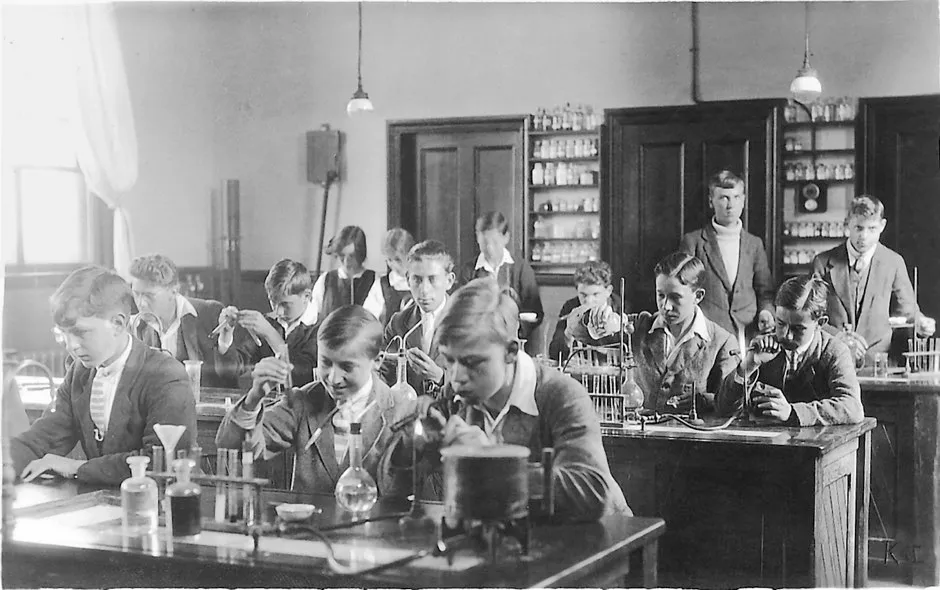
Choosing the right PhD supervisor, as well as the right research topic, is another critical step on the way to success in science. X-ray crystallography was still very new when Dorothy went to Cambridge to do a PhD with John Desmond Bernal, who had been one of Bragg’s research students. It involved growing a crystal from a very pure sample of a substance – Bragg had used simple chemicals such as salt and copper sulphate – placing the crystal in front of a beam of X-rays, and then capturing the scattered beams diffracted by the atoms in the crystal as spots on photographic film.
The pattern of spots held the key to the way the atoms are arranged into three-dimensional molecules in the crystal. As with any object in the visible world, the 3-D structures underpin the way one molecule interacts with another.
Read more about great women in science:
- Lise Meitner: the nuclear pioneer who escaped the Nazis
- 10 amazing women in science history you really should know about
- Helen Gwynne-Vaughan: An extraordinary botanist whose problems of identity still confront female scientists today
Dorothy was very far-sighted in choosing this new area of research. Bernal was one of the first to use X-ray crystallography on the complex molecules that make up the living body. Working together, they were able to publish diffraction patterns from the digestive enzyme pepsin. Pepsin is a protein, one of the molecules that we now know is encoded by the DNA sequence in our genes, and which drive all the important processes of life. Bernal and Crowfoot’s paper in the journal Nature, published in 1934, established for the first time that proteins had some kind of regular structure that might one day be deciphered.
So at the age of 24, and still a research student, Dorothy became internationally known as one of the founders of protein crystallography. Her subsequent rapid progress was largely down to her exceptional skill at the technique, but also to the considerable advantage of being in on the ground floor. With widespread bias against women, and little funding for jobs in science, she still might have struggled had it not been for the all-female Oxford college where she had studied.
Somerville, which was poorly endowed and previously had no scientist among its fellows, offered her a job teaching its science students that would also leave her time to continue research. She returned to Oxford at the end of 1934, and spent the rest of her career there.
She married the historian Thomas Hodgkin in 1937 and had three children by 1946 – again, Somerville made it possible for her to combine work and family by giving her paid maternity leave at a time when this was almost unheard of. The UK did not introduce maternity leave legislation until 1975.
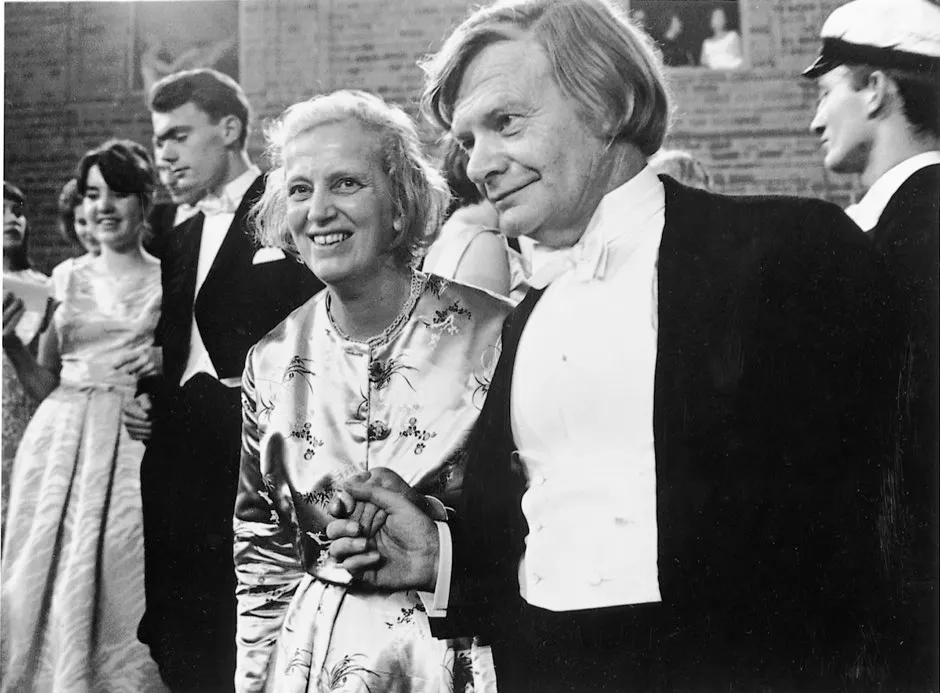
Thomas was often away from home, but Hodgkin was able to employ people to help with cooking and childcare even from her modest salary, and her parents and in-laws were often ready to step in. However, only her own phenomenal ability to work long hours and focus on whatever was the immediate priority enabled her to keep going, despite an attack of rheumatoid arthritis after the birth of her first child that recurred increasingly frequently in later life.
Soon after she set up her own lab in Oxford, in the basement of the University Museum, the professor of organic chemistry gave her crystals of the hormone insulin, another protein. She knew very well that insulin had been used to treat diabetes since 1922, and that understanding its structure could lead to improvements in treatment. But although she was able to obtain diffraction images of the crystals – another first – it would be decades before she could complete the analysis of this complex molecule.
Instead, with the Second World War under way and two small children to care for, she lent her skills to the Oxford team who were trying to understand how the newly-discovered antibiotic penicillin worked. By the middle of 1945 she had succeeded in solving the structure, definitively ending a disagreement among eminent organic chemists about what it might be.
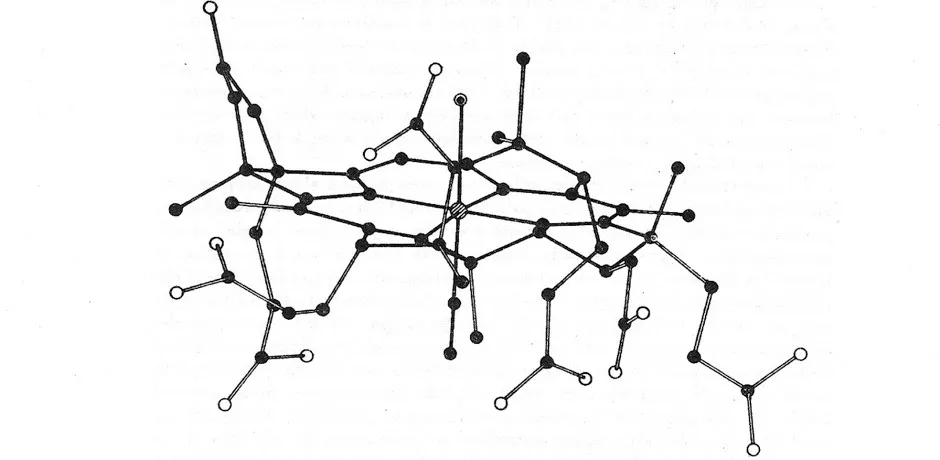
It was 10 years later that she solved the much bigger structure of Vitamin B12, used to treat pernicious anaemia. Sir Lawrence Bragg (son of Sir William, who had shared the Nobel prize with his father) said this achievement was equivalent to ‘breaking the sound barrier’.
There is plenty of evidence that women have not always received the credit for the work they have done, but this is really not true of Hodgkin. She was elected a Fellow of the Royal Society, Britain’s select academy for scientists, when she was only 36 years old. In 1960 the Royal Society awarded her its Wolfson Research Professorship, which came with an excellent salary and plenty of funds for research assistants and equipment. And, as the Nobel Foundation’s nominations archive now reveals, she was nominated for a Nobel prize 8 times for physics and 24 times for chemistry between 1950 and 1964, when she finally received the chemistry prize.
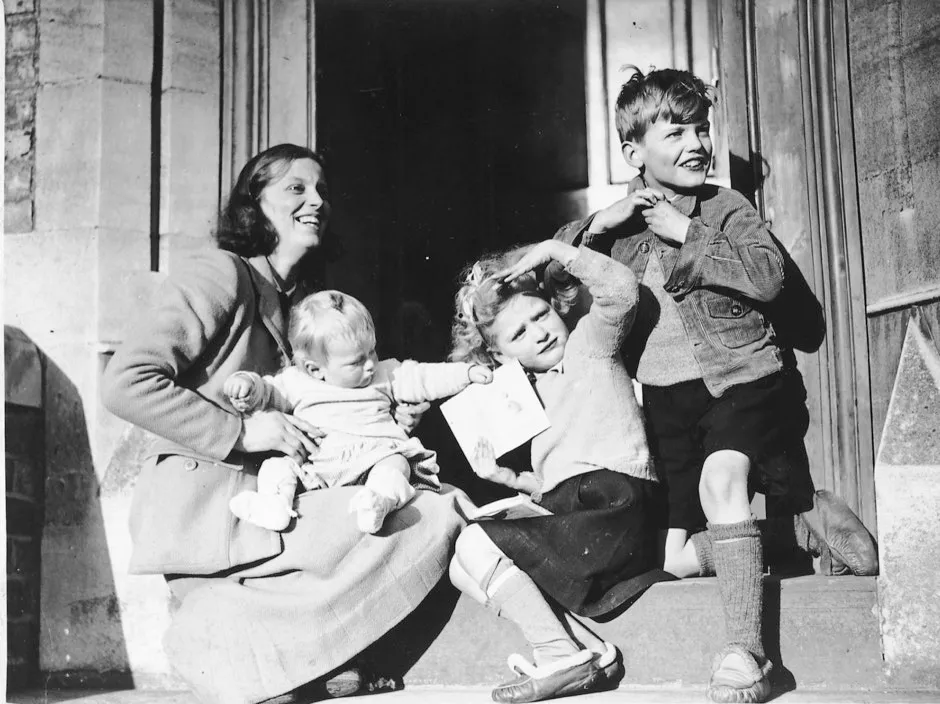
She never stopped working on insulin. Her team finally cracked it in 1969 – this year is the 50th anniversary of the solution – once they had access to high speed computers and had developed the mathematical programs necessary to decipher this complex molecule. She later said the two most exciting moments in her life were the evening in 1935 when she developed a photograph and saw the first faint spots from a crystal of insulin, and the Saturday afternoon in July 1969 when she realised they could actually solve the structure.
By this time, with her Nobel laurels opening doors wherever she went, Hodgkin was also devoting a lot of her time to peace and international understanding, about which she cared passionately. She was a lifelong socialist, her views strongly held yet softly articulated, and was a frequent visitor to both the Soviet Union and China.
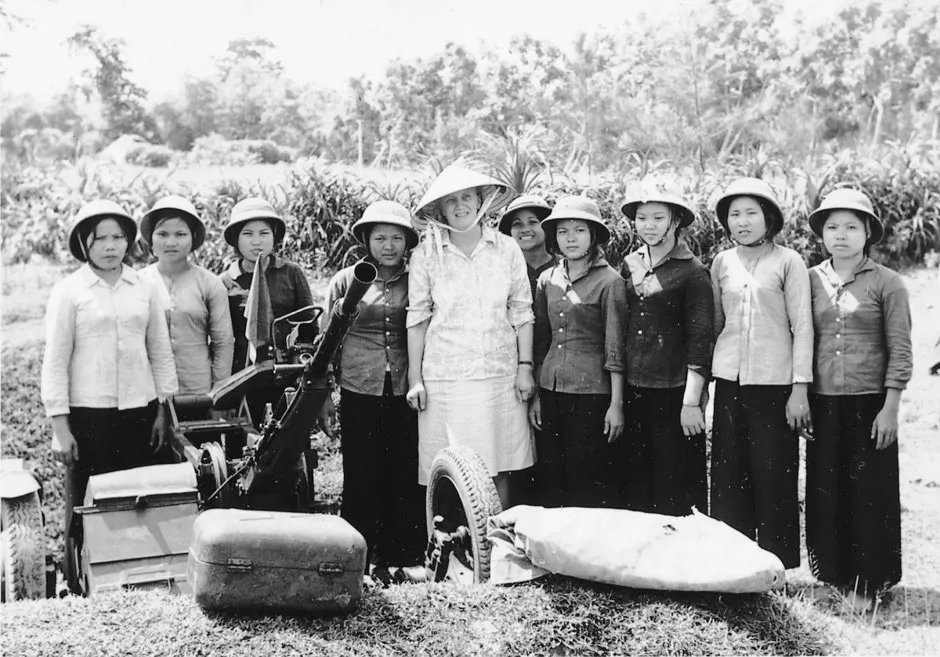
She spoke out against the war in Vietnam and encouraged Prime Minister Margaret Thatcher (who had been her student at Somerville) to visit President Mikhail Gorbachev. Hodgkin gave away most of her Nobel prize money to causes such as funding international students to come and study in the UK, and setting up a crèche for students and staff at Somerville. She died at home, aged 84, in 1994.
It’s easy to feel intimidated as much as inspired by Dorothy Crowfoot Hodgkin’s example. Who has the stamina, the clear thinking, the passion, the deep learning and the capacity to focus to do what she did? But her story certainly gives pointers to the kind of environment we need to provide to girls and young women so that they can fulfil their potential as scientists. The next British female science Nobel prizewinner must be out there somewhere.
Dorothy Crowfoot Hodgkin: Patterns, Proteins and Peace, a Life in Science by Georgina Ferry is available now (£9.99, Bloomsbury). It is also available as an audiobook.